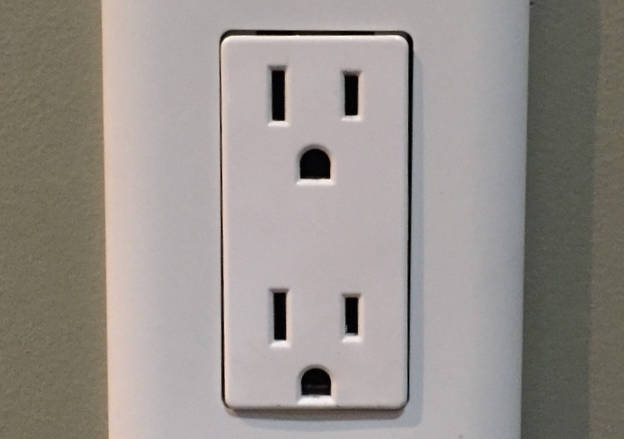
Leapfrog 3D Printers has introduced a minor, but important feature: auto power down.
It’s a trivial thing to do, really: when the machine is idle for a period of time, shut it down and save power.
But I think it’s more than trivial, as some equipment can consume large amounts of power as idle equipment could, in theory, keep a print surface or build chamber warm, maintain moderate heat on hot ends and certainly run electronics and control displays.
The intention, I presume, of such processes is to ensure the machine is ready for quick action should a 3D print request arrive. I know that some machines take a very long time to warm up in ways different from common desktop 3D printers.
For example, the Stratasys uPrint 3D printer, upon power on, takes quite a while, perhaps 20 minutes, to perform its startup sequence, which eventually includes warming up the build chamber to operating temperature. In a business scenario, where the objective is to run the machine as much as possible, that makes some sense.
However, there are many situations where this isn’t the case.
As professional 3D printers move into offices, they are not in the fully operational workshop-mode they may have been in the past. They may not be running 24 hours a day. They may be idle for longer periods.
And wasting energy.
Another scenario that points towards this feature is long-running prints. Typically, 3D prints take far longer to complete than a requestor is willing to wait, and so you often find prints running overnight or for major portions of the day.
Unless you have a dedicated human operator to unload the machine and immediately start up the next job, that 3D printer is going to sit there for potentially hours – or even days on a weekend – wasting a lot of energy.
According to Leapfrog 3D Printers’ research, they say:
We estimate 25% of printers worldwide are on standby mode, total 250,000 machines.
Each machine uses an estimated 50W of electrical power on standby, total consumption 12.5MW.
A wind turbine operates approximately 25% of the time based on available wind resource, resulting in average power production of 0.5MW by a typical 2MW wind turbine.
As such the worldwide power consumption of standby 3D printers is approximately equal to approximately 25 wind turbines.
And that’s obviously worse with coal-sourced energy.
A very good move by Leapfrog 3D Printers that I hope all 3D printer manufacturers adopt.

